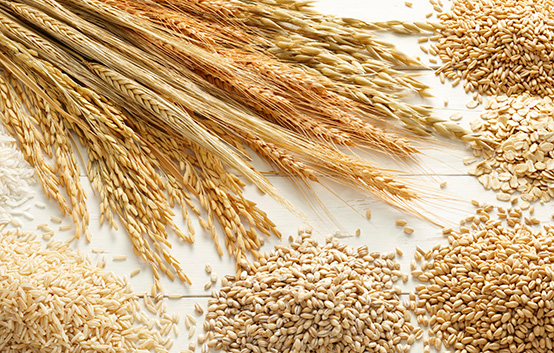Heart Health Improved by Eating Wholegrains
- Written by Bradley Thomas

Research findings that each additional serve of wholegrains decreased the risk of dying from cardiovascular disease by 9% supports Heart Foundation recommendations.
Published in the American Heart Association journal Circulation, the review of 14 studies including more than 780,000 participants found that higher intake of wholegrains was associated with a lower risk of death from heart and circulatory disease and cancer
Heart Foundation Spokesperson for Nutrition Beth Thomas said the research supports recommendations of Heart Foundation and Australian Dietary Guidelines to choose wholegrain options of products such as bread, breakfast cereals, and pasta.
“Wholegrains are an important part of a heart healthy diet. In the findings, high vs low intake consistently linked to better health outcomes with a 28% reduction in cardiovascular disease mortality,” Beth Thomas said.
“This research clearly demonstrates that diets that recommend avoiding or restricting wholegrains are not recommended, such as very low carbohydrate diets, Atkins and Paleo-style diets.
“The way in which wholegrains appears to improve health include reducing blood glucose levels and blood cholesterol levels (total cholesterol and LDL-cholesterol), lowering body fat percentage and increasing intake of minerals, antioxidants and fibre.
“Increasing fibre intake with wholegrain foods is healthy for the bowel, lowers cholesterol (TC and LDL-C), avoids spikes in blood glucose levels and may also assist with satiety (i.e. not overeating).
“Choose wholegrain versions of your regular food choices like bread, cereal and pasta; and limit junk style foods with refined grains such as cakes, biscuits and pastries.
Beth Thomas added that “limitations of the research include the observation nature of the studies reviewed, and the majority of studies occurring in the US or Europe, which may limited generalisability to populations of other ethnicity”.
Tips to include wholegrains:
- Variety is the key to healthy eating. When planning your meals for the week, make sure you include a variety of foods. If you have pasta one night, go for brown rice, couscous or quinoa another night.
- Watch your portion size. Rice and pasta can be easy to over-serve. At your main meal keep to ½ to 1 cup (cooked) and instead load up on vegetables.
- Try a wholegrain or high fibre breakfast cereal like rolled oats, porridge, whole wheat biscuits or untoasted muesli.
- Swap white bread for wholemeal or wholegrain. Look for the words ‘wholegrain’ or ‘wholemeal’ on the label.
What are wholegrains?
- The term `grains’ usually refers to wheat, corn (maize), rice, barley, oats, rye, millet, quinoa, teff and similar foods. These grains can be eaten whole, processed into products like couscous (wheat) and polenta (corn), or used to make grain foods like bread, breakfast cereals, pasta, and noodles.
· Wholegrains are grains which a whole – with the grain or flour containing the three parts of a grain (endosperm, germ and bran).

